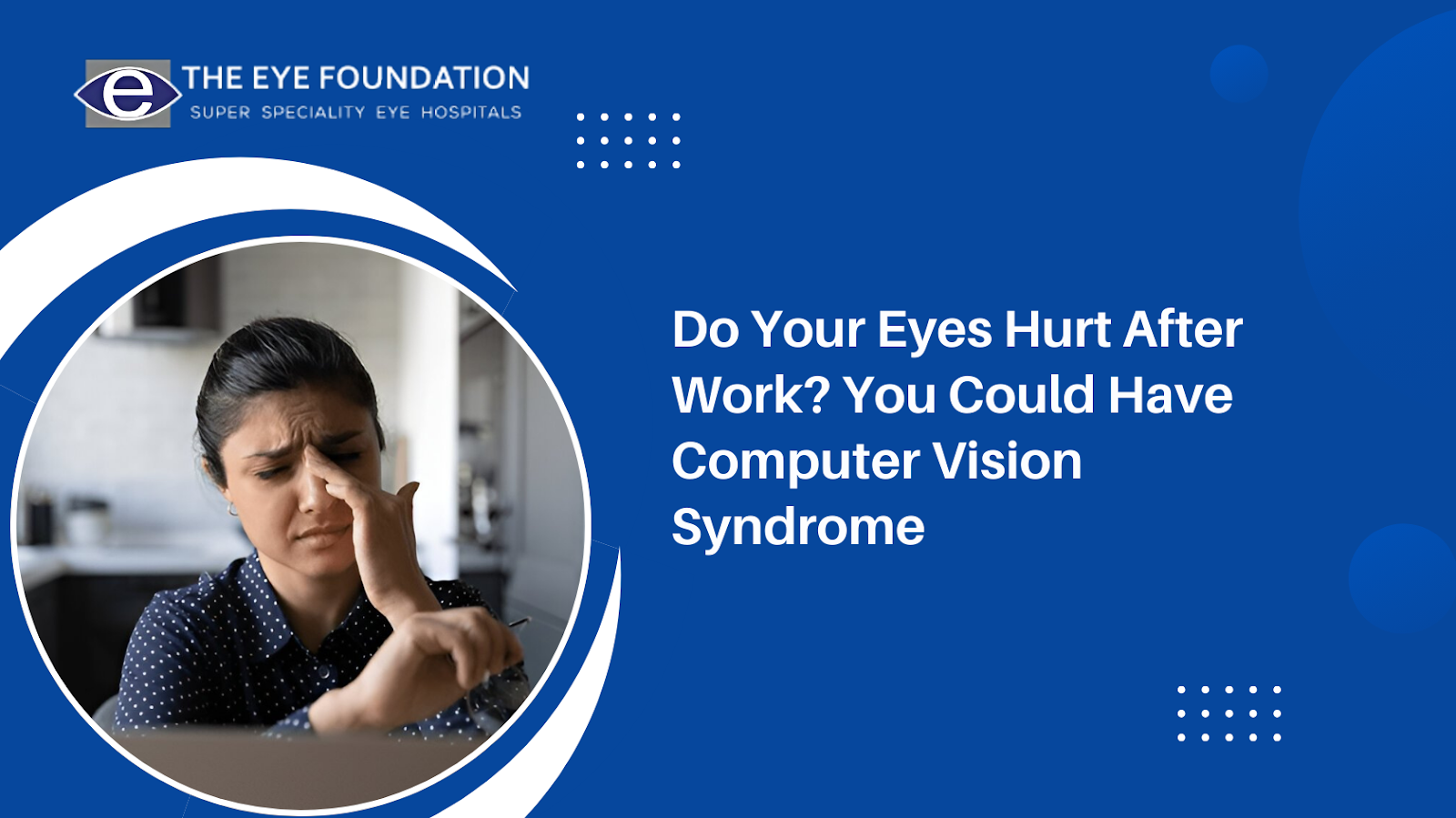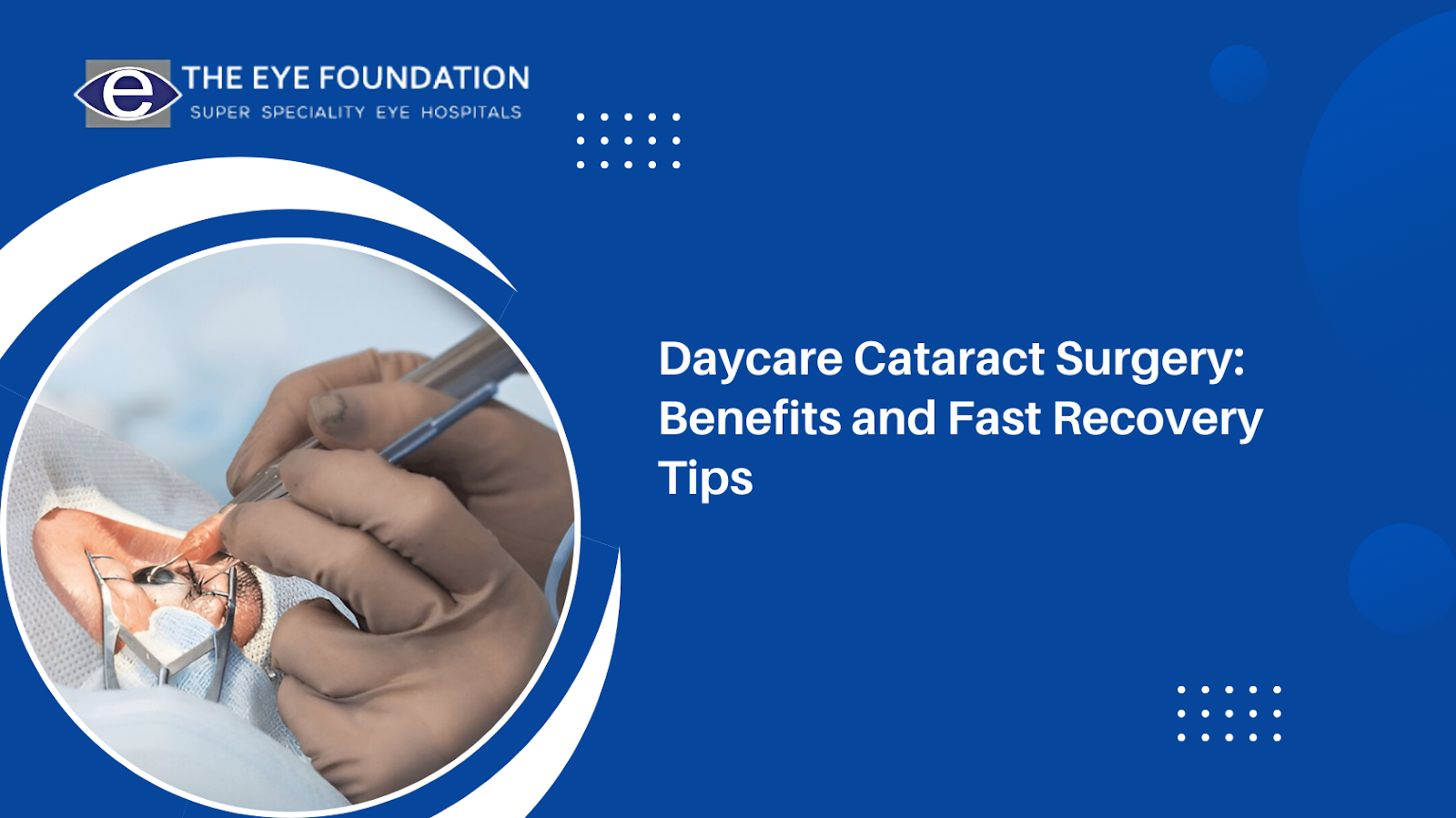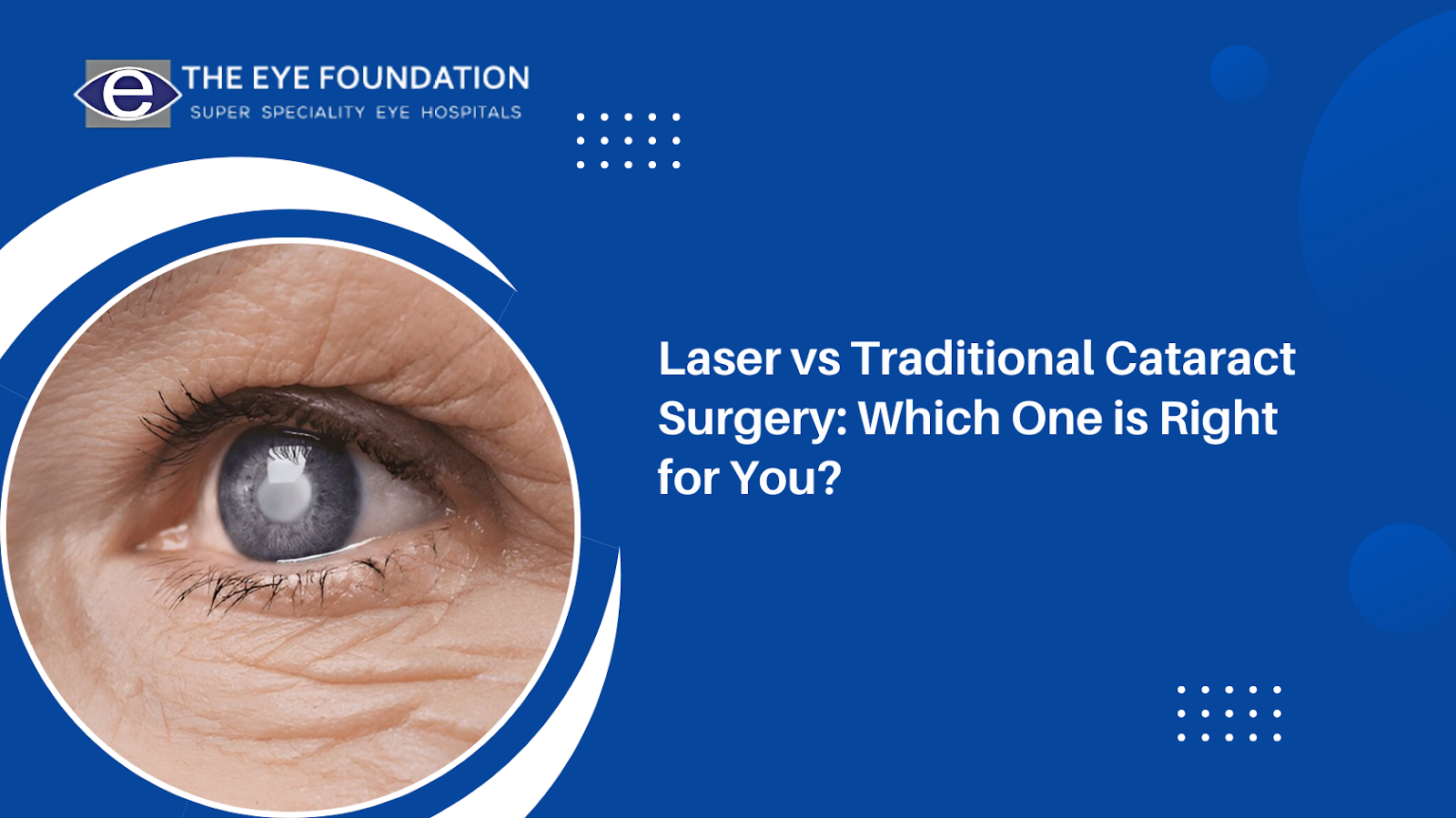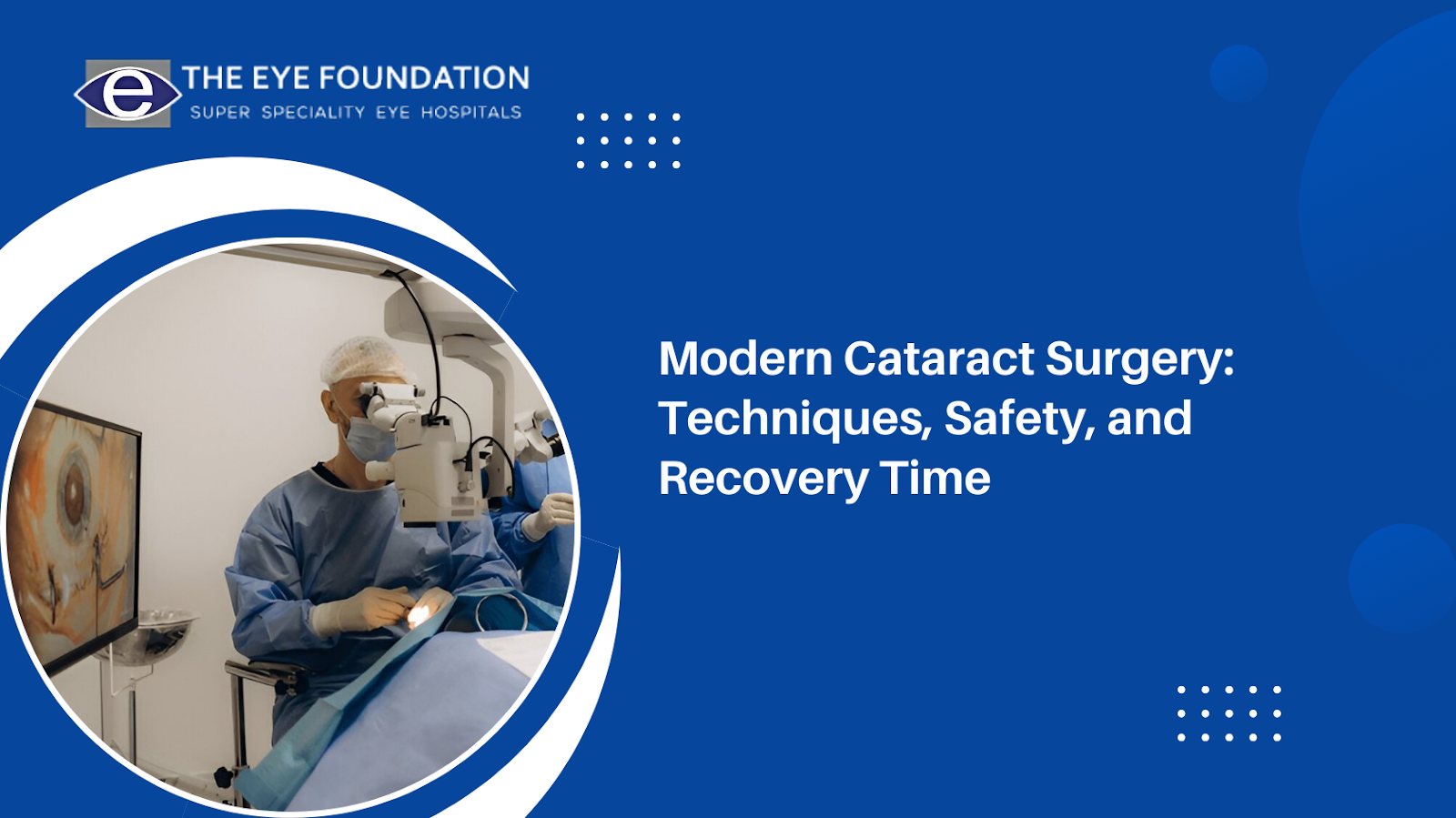We now spend long hours staring at screens as we work, whether it be in virtual meetings, sending emails or scrolling through social media. Along with the long hours we spend staring at screens, if you feel like your eyes have been strained, dry or irritated after a long stretch sitting at your desk it is possible that you are suffering from worker computer vision syndrome (CVS). This is a growing health concern in individuals that regularly use digital devices and will negatively impact your comfort and productivity if left, unattended.
Common Symptoms of Computer Vision Syndrome
If you spend more than 2 hours a day on digital devices, you may start noticing the following symptoms:
- Eye strain or discomfort
- Headaches, especially after extended screen time
- Blurred vision or difficulty refocusing
- Burning, itchy, or dry eyes
- Increased light sensitivity
- Neck, shoulder, or back pain (caused by poor posture while using screens)
These symptoms can vary in intensity and may worsen over time if not addressed. Ignoring them may not only affect productivity but also long-term eye health.
Why Does Screen Time Cause Eye Problems?
There are multiple underlying causes of prolonged digital devices which may lead to CVS:
Reduced Blinking
Normally we blink approximately 15-20 times per minute, however the blinking rate will be suppressed by almost 50% when in front of a screen. Less blinking leads to drying and irritation.
Improper Lighting
Properly advised lighting is necessary for the eyes to not overstrain due to glare from windows or below overhead lights; poor lighting also increases visual stress.
Poor Viewing Distance & Angle
Sitting too close to the screen or at an angle that causes the eyes to adjust continuously will result in extra strain due to focus and alignment problems.
Blue Light Exposure
All screens emit blue light, however the blue light pattern relative to other visible light has the most scatter; this makes it harder to focus/ perceive. Blue light also results in fatigue and even sleep-wake irregularities.
Simple Ways to Prevent Computer Vision Syndrome
Fortunately, you don’t have to quit your digital lifestyle to protect your eyes. A few simple habits and ergonomic changes can make a big difference:
Follow the 20-20-20 Rule
Every 20 minutes, look at something 20 feet away for 20 seconds. This gives your eye muscles a break and reduces fatigue.
Blink More Often
Consciously remind yourself to blink, especially when working intensely. Use eye drops if necessary to maintain moisture.
Adjust Screen Brightness & Contrast
Your screen should match the brightness of your surroundings. Avoid glare by using anti-glare screens or adjusting your desk lighting.
Maintain Proper Posture
Your screen should be about an arm’s length away and 15–20 degrees below eye level. Sit with your back straight and feet flat on the floor.
Use Blue Light Filters
Consider screen protectors, computer glasses, or night mode settings that filter out blue light — especially in the evening.
Get Regular Eye Checkups
Even if you don’t wear glasses, regular eye exams are essential. Your optometrist can detect early signs of CVS and recommend the best solution.
Long-Term Impact if Ignored
If Computer Vision Syndrome is not addressed, it can lead to:
- Chronic headaches and migraines
- Sleep disruption due to blue light exposure
- Reduced work productivity
- Worsening eyesight over time
- Increased dependence on artificial tears or medication
For professionals, students, and anyone spending more than 2–3 hours a day on screens, CVS is not just an occasional discomfort it's a lifestyle hazard that needs attention.
When to See a Specialist
When your visual symptoms persist after having made an ergonomic or visual adjustment, it is time to check if your symptoms are connected to CVS by visiting your local eye-care practitioner. An extensive eye exam will help to properly diagnose CVS and discuss other causes such as dry-eye or refractive conditions.
Your eye-care specialists will likely provide custom prescriptions for computer spectacles, anti-reflective coatings, visual habits and ergonomic adjustments, which will all enhance your comfort and clarity while using screens.
Computer Vision Syndrome is the silent epidemic of the digital age. While it can often start out as minor discomfort, it can progressively turn into a serious issue if ignored. The good news is it is easily prevented and treated through proper knowledge, habits, and care.
At The Eye Foundation, we pride ourselves on diagnosing and treating vision problems associated with screen time. Our expert qualified ophthalmologists will use cutting-edge optical diagnostics and quality assured treatments to bring your comfort and clarity back.
Do not ignore your eyes, the screen may be straining you more than your time at the screen.
Book your appointment with The Eye Foundation today and take the first step toward better vision.






